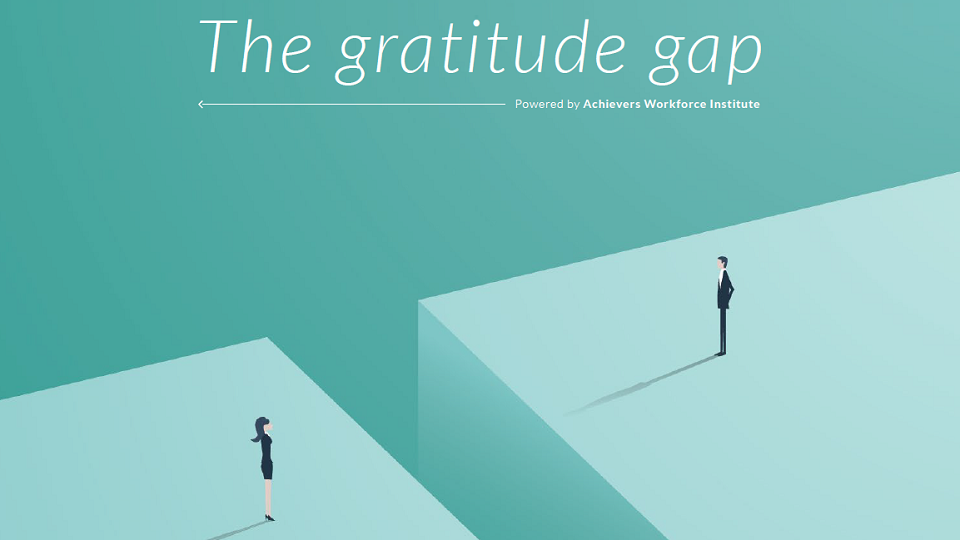Table of contents
What motivates you? Ask 100 employees, and you’ll get 100 unique answers. Maybe it’s the prospect of working on something they’re passionate about. It might be an organizational culture that makes them feel like they really belong. And some simply keep striving for a steady paycheck with the promise of raises, bonuses, and other financial incentives. Depending on what motivates employees, there are different types of rewards organizations can provide.
If you’re looking to engage your workforce, you need to first understand the types of employee rewards and how you can take advantage of each to build an employee rewards program that connects with every team member. Let’s take a look at how to incorporate each flavor of rewards into your company’s offerings.
The 6 types of employee rewards
There are many ways you can categorize rewards, and many of them overlap. When breaking them down into types, the goal should be to break them down into types that clarify how and why to recognize employees. Here, then, are 6 types of employee rewards that you can use as a guide to building an effective rewards program that team members truly value.
1. Intrinsic rewards
At the highest level, all rewards are either intrinsic or extrinsic. Intrinsic rewards are intangible, internal motivators, like the prospect of developing a new skill, receiving praise from a leader you admire, or establishing a productive, collaborative relationship with a new coworker. While these factors don’t tend to get as much attention as more concrete rewards, they’re an irreplaceable component of any successful rewards system. That’s because they engage on a deep level, providing meaning and satisfaction in ways other types of rewards can’t replicate.
2. Extrinsic rewards
Extrinsic rewards are the other side of the coin. They include all the tangible ways employees are recognized, from a higher salary, to additional PTO, to a heap of reward points provided by a thankful team member. Despite the importance of intrinsic rewards, your company can’t afford to neglect these more obvious forms of appreciation. Just as a high salary and great benefits alone don’t make a job worthwhile, an exceptional culture, meaningful social recognition, and other intrinsic rewards will eventually seem insincere without tangible indicators that your company values its employees.
3. Financial rewards
Many extrinsic motivators fall into the category of financial rewards. It’s the rare team member who doesn’t appreciate an increase in pay, a surprise bonus, or a gift card to their favorite restaurant. But monetary rewards shouldn’t stop there. Rather than limiting financial incentives to occasional rewards handed down by leadership, expand this critical form of recognition across your organization with an employee rewards platform.
Choose a solution that includes a points-based rewards system, where employees receive points every week or month they can then gift to others. The recipients can then redeem their points for personalized rewards they actually want and pay it forward by making a points gift of their own, keeping the cycle of recognition going strong.
4. Non-financial rewards
Non-financial rewards include both extrinsic motivators, like a lunch with the CEO or flexibility in when and where an employee works, and intrinsic motivators — primarily in the form of social recognition. Letting employees know how much their work is appreciated, whether it takes the form of a public awards ceremony or a brief message in chat, should be a frequent practice for everyone at your organization, from leadership on down. HR must prioritize training leaders on the importance of non-financial rewards and enable all employees to provide recognition whenever the urge strikes them with a mobile-first, easy-to-use employee recognition tool.
5. Employee incentives
Employee incentives include all the benefits your company offers to workers. Team members now expect employers to go beyond traditional incentives like retirement plans and health insurance by offering personalized benefits tailored to their unique needs. This can vary from something as simple as more freedom to choose their work responsibilities and projects to tuition reimbursement that enables them to pursue the education they’ve always dreamed of. Ask your employees what they think of your current benefits, listen to what they have to say, and take action to customize your incentive program accordingly.
6. Wellness-based rewards
Rewards geared towards boosting employee wellness are a powerful way to help improve team members’ lives both on and off the job. By integrating your employee recognition platform with a wellness solution, you can reward employees whenever they meet the wellness goals they’ve set for themselves. You can also encourage both mental and physical wellness across your company by offering appropriate incentives like mindfulness classes and gym memberships.
Embrace all types of rewards with Achievers
The best way to start realizing the benefits of all these types of rewards is with a centralized platform that brings together your organization’s entire workforce and recognition program in a single place. And that’s just what you’ll get with the Achievers Employee Experience Platform. With best-in-class rewards all employees can redeem from a convenient, wide-ranging catalog and integrated employee feedback software, your company will have everything it needs to find out what employees truly value and deliver it to them.





